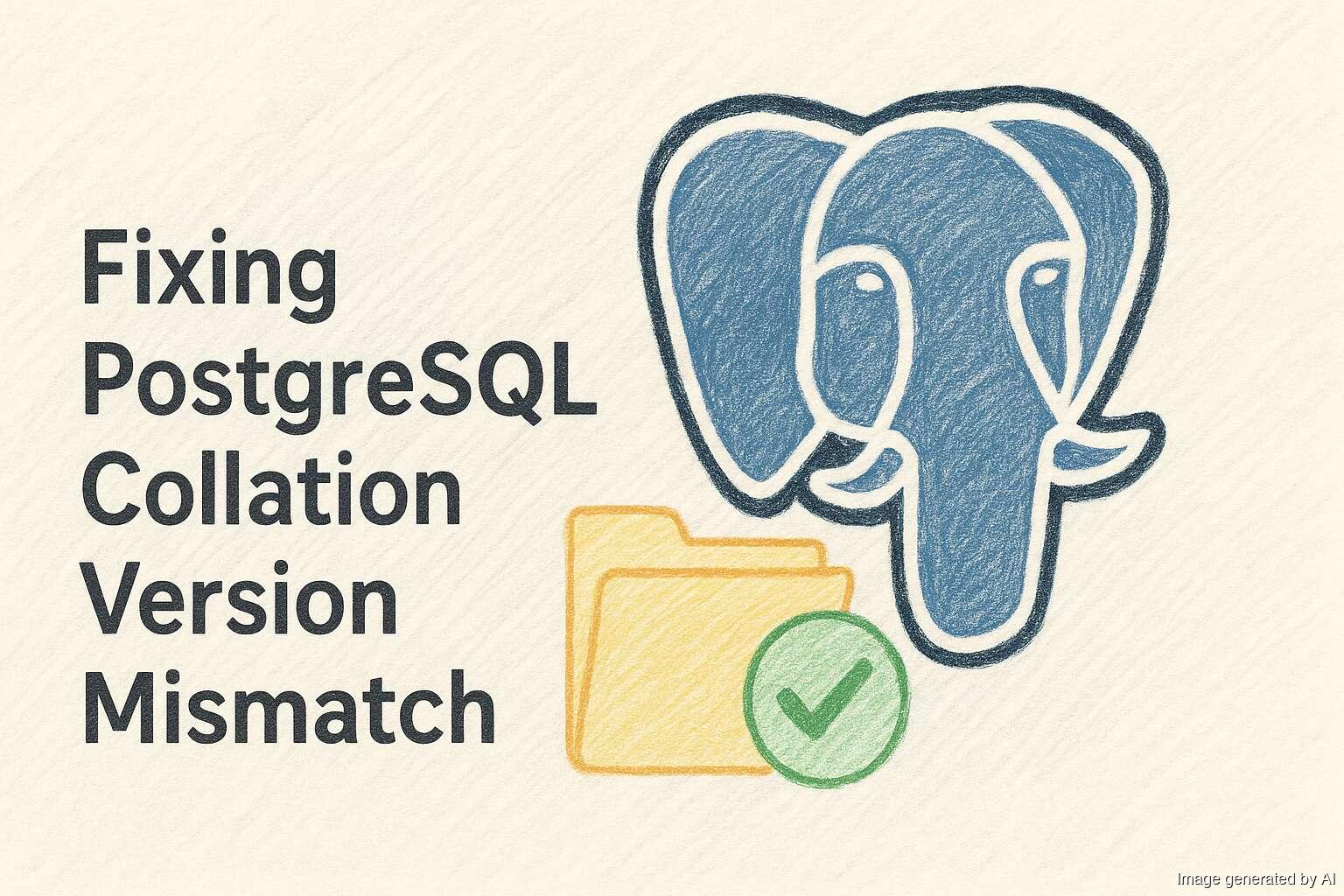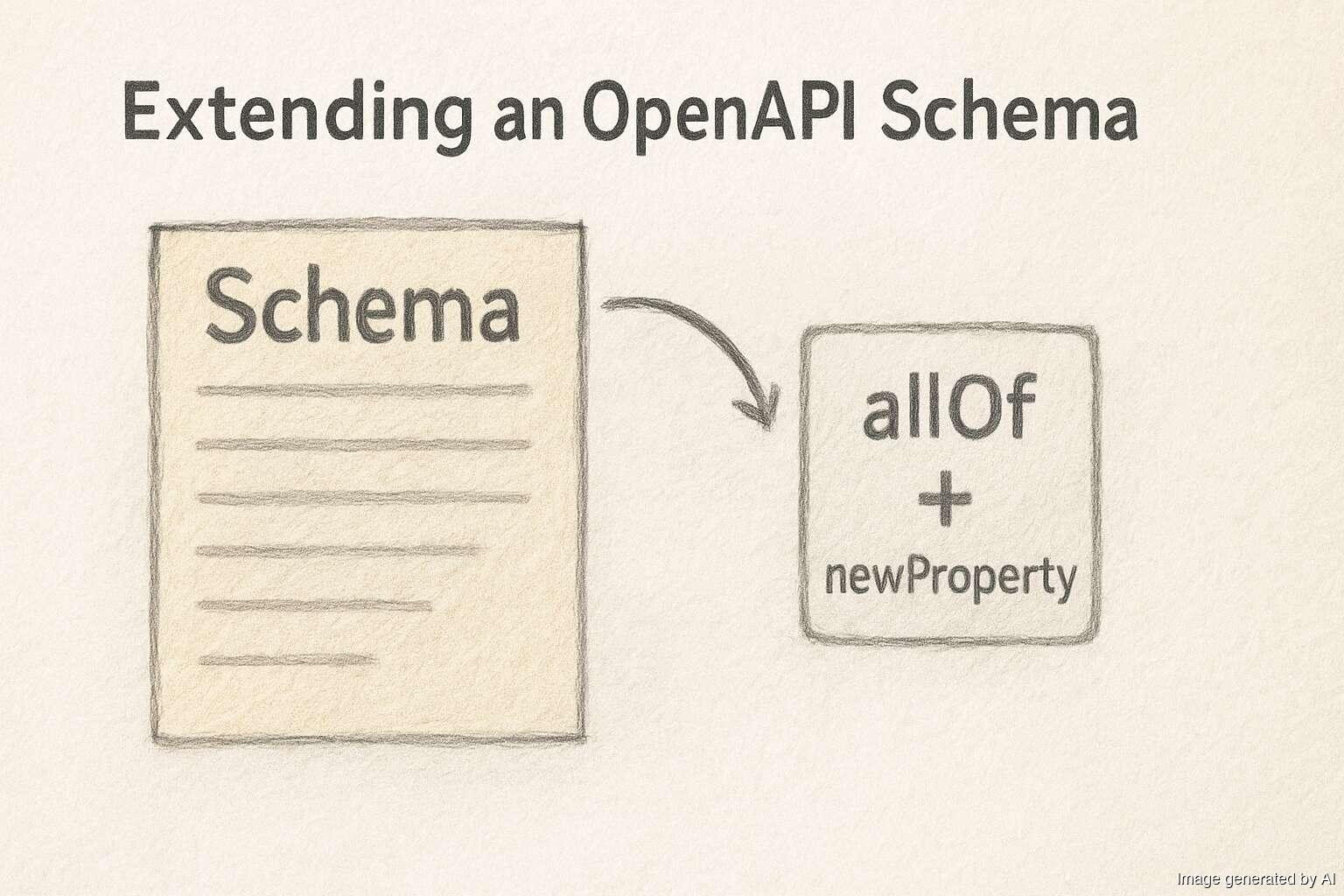2025 in pictures

As we reach the end of 2025, I take this opportunity to look back over the photos that I have taken and thing about the year. This year I published 1,064 photos to Flickr with, of course, at least one photo every day as part of my Project 365. The lovely thing is that my photos remind me what happened during my year and I remember many good times through them as I've seen friends… continue reading.











